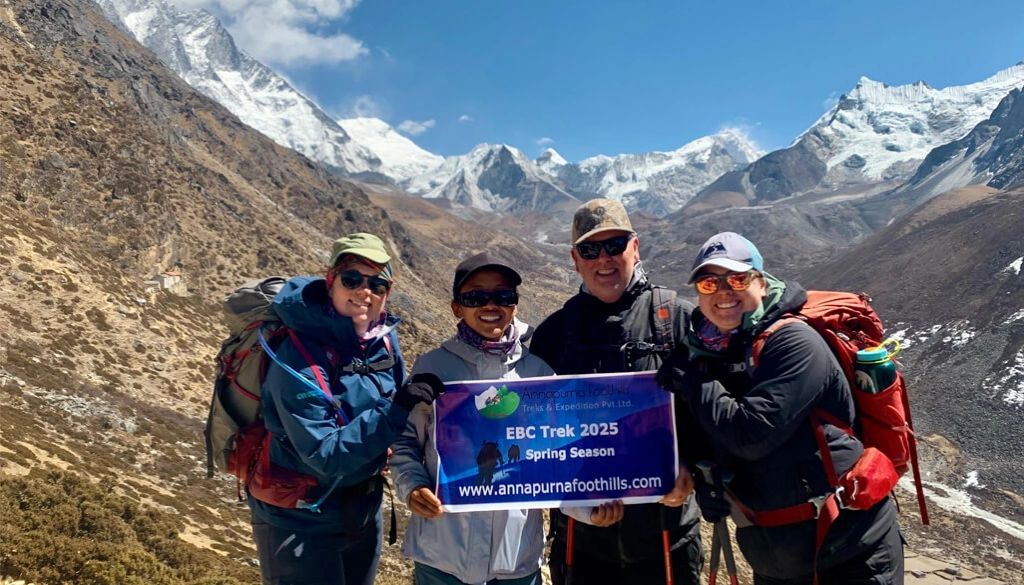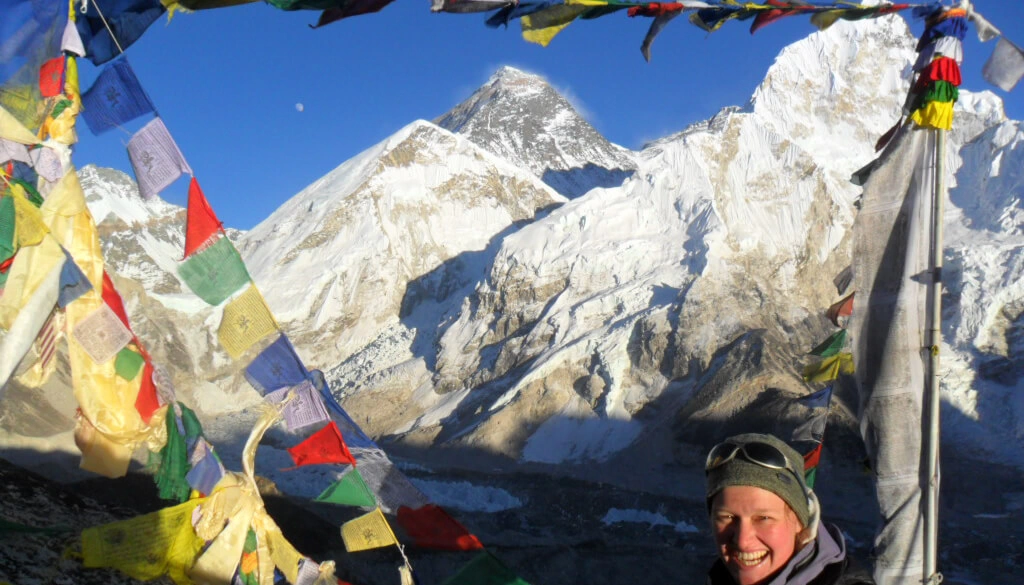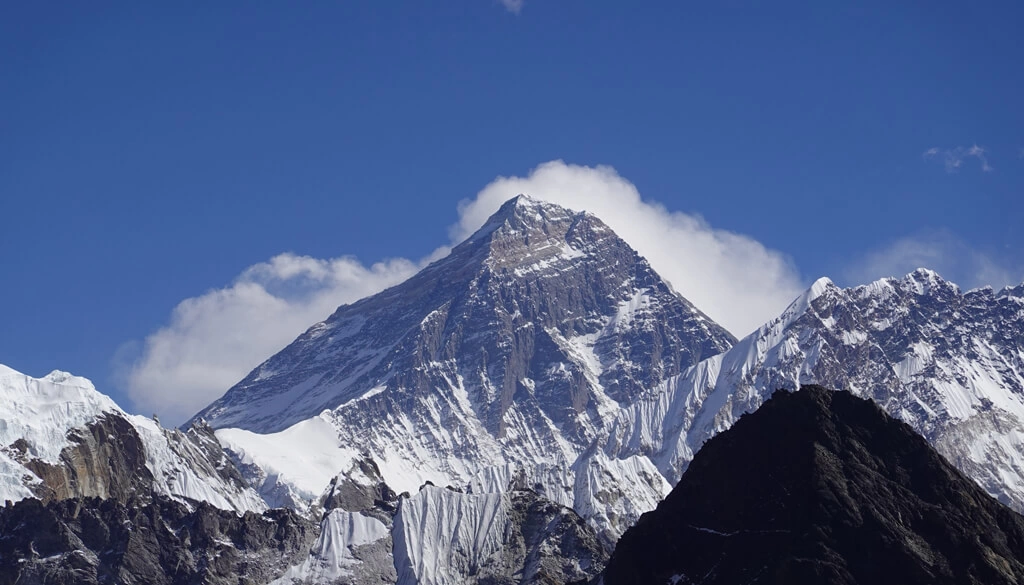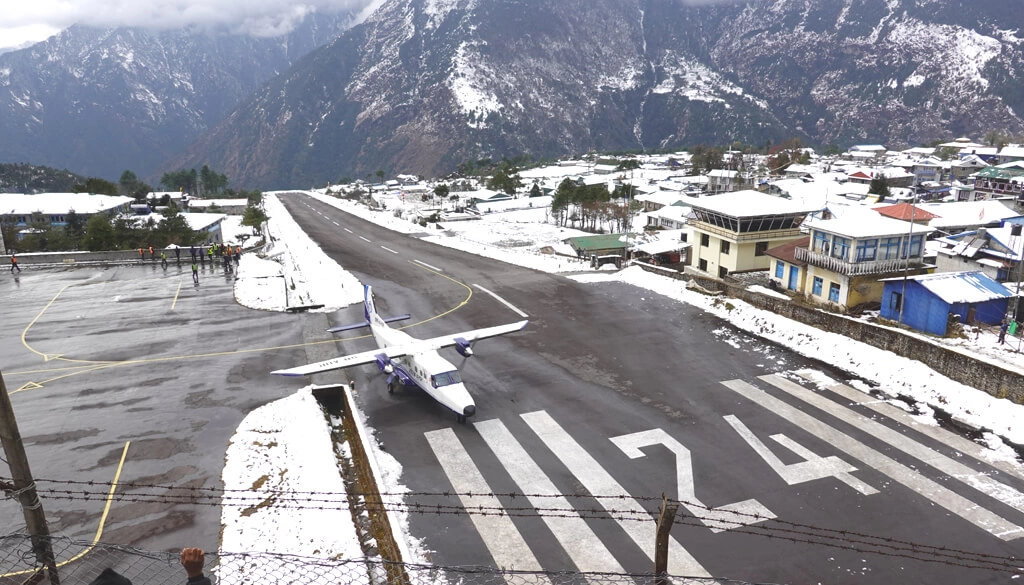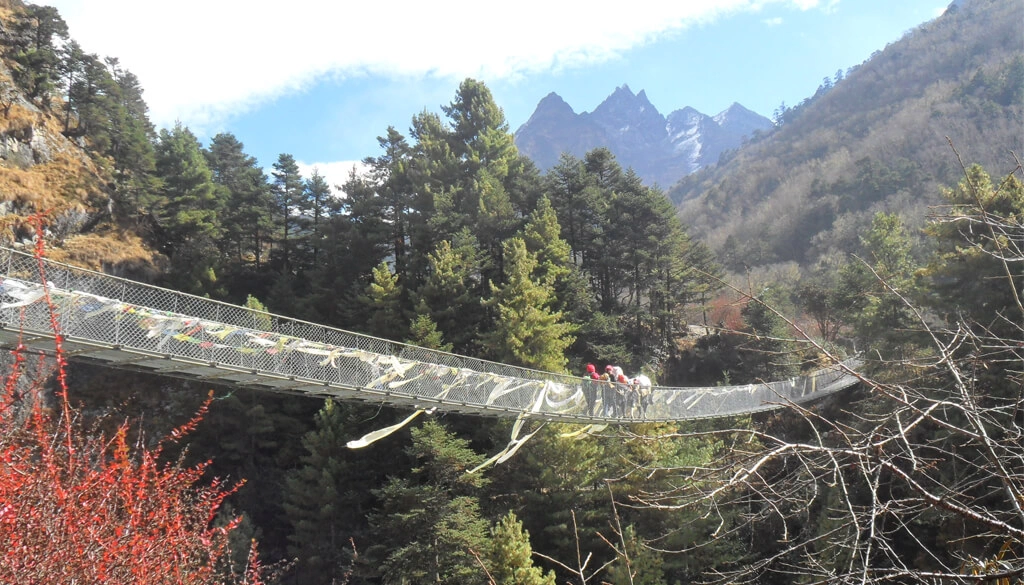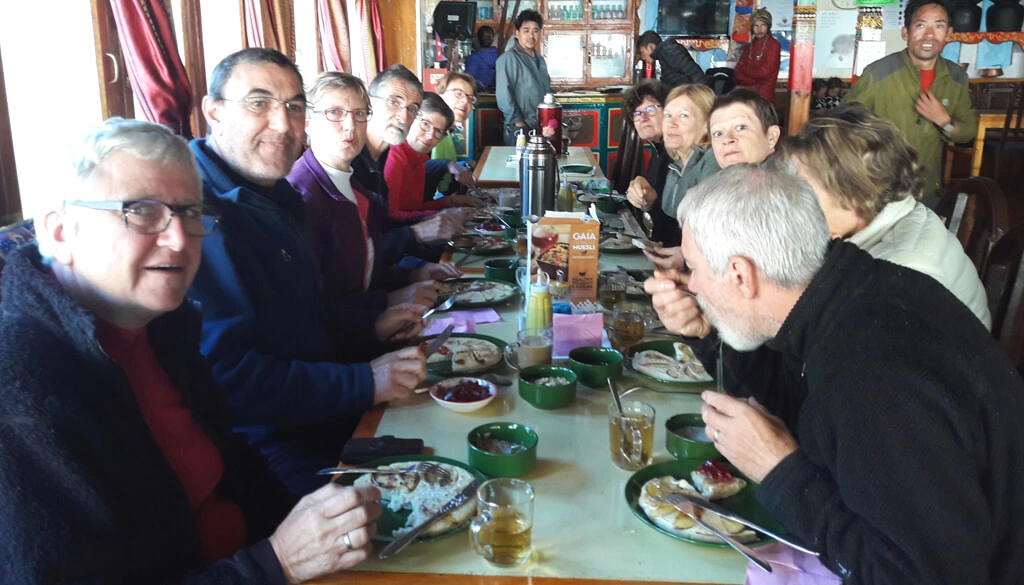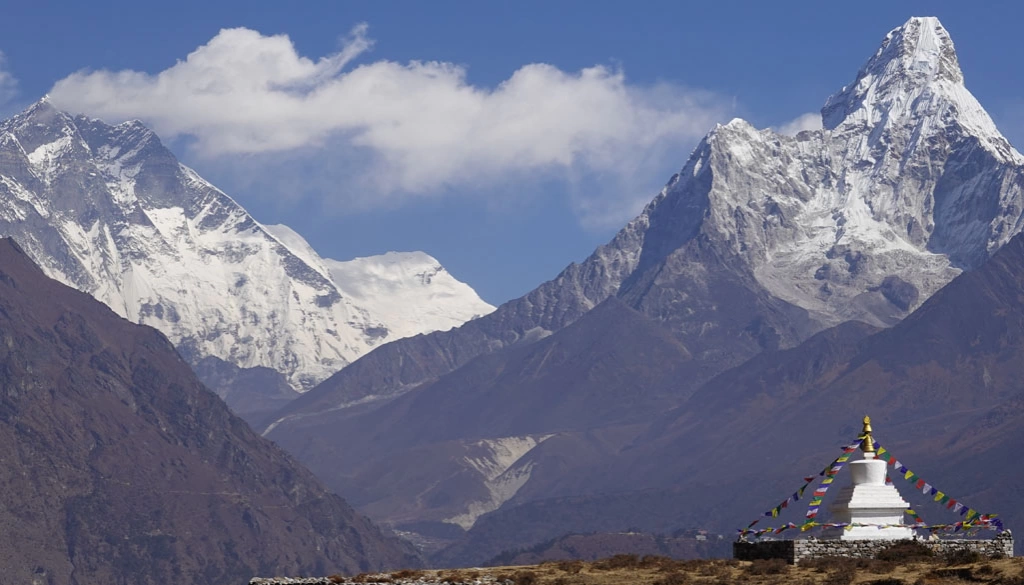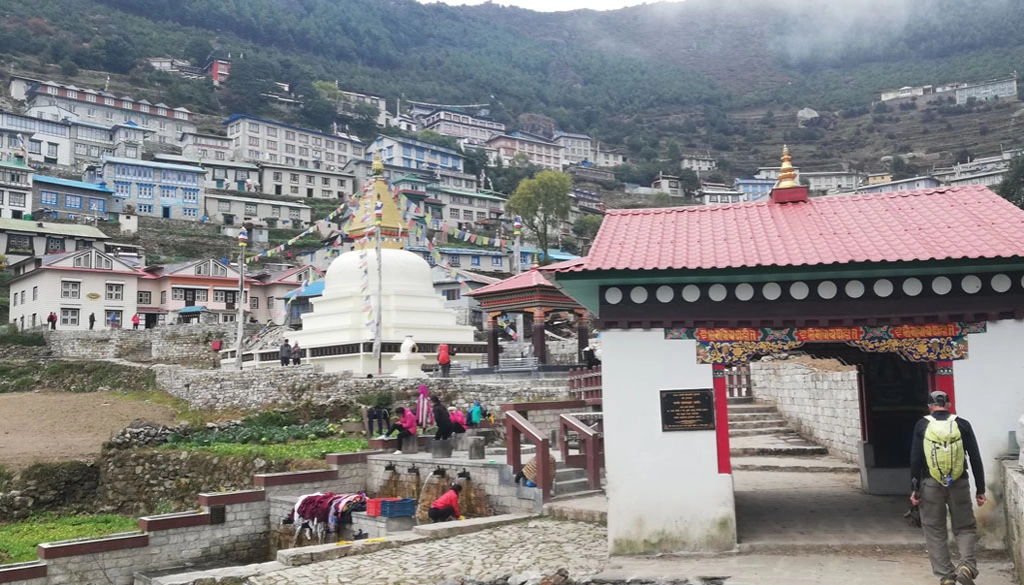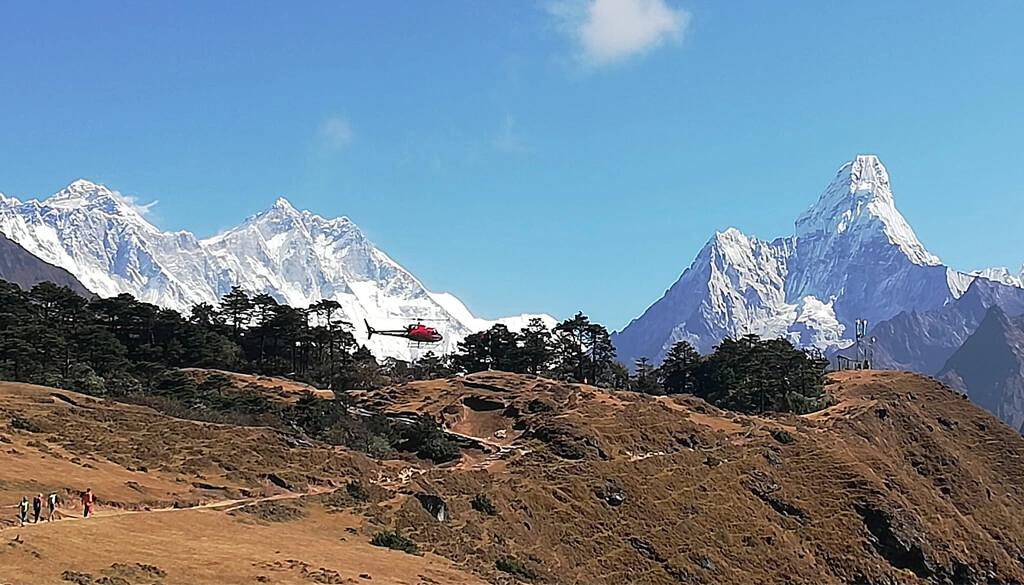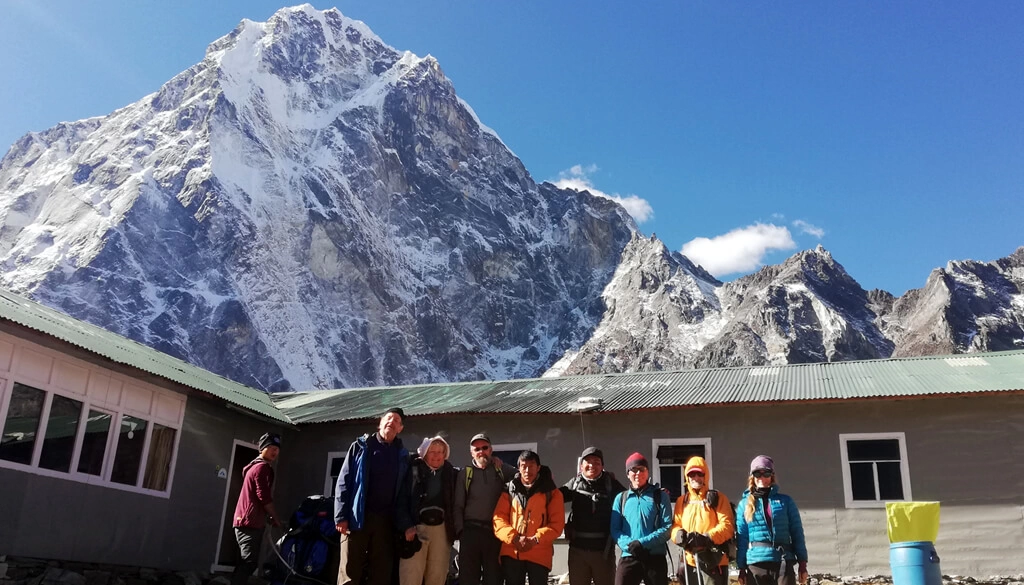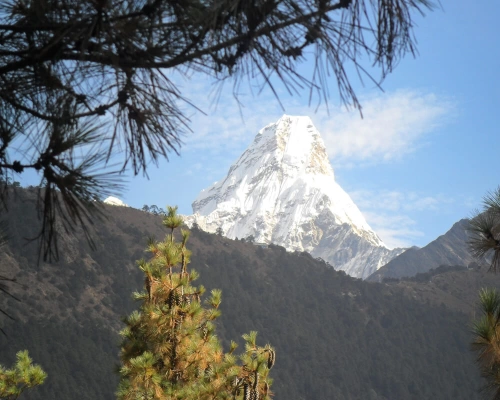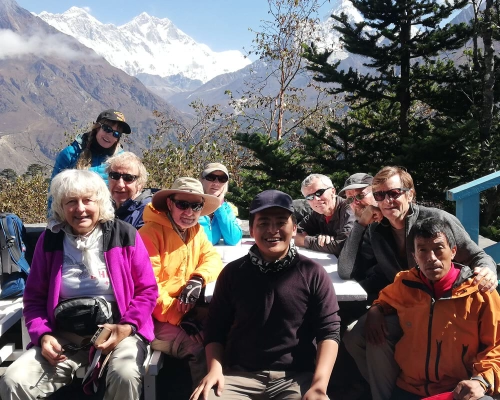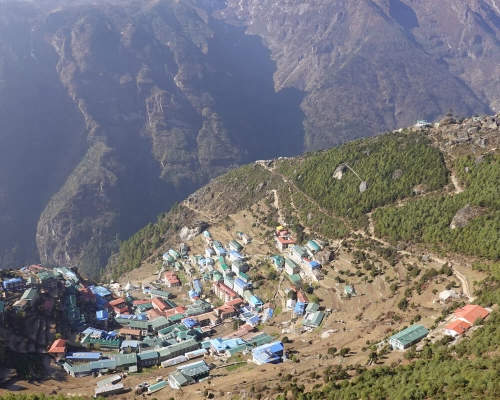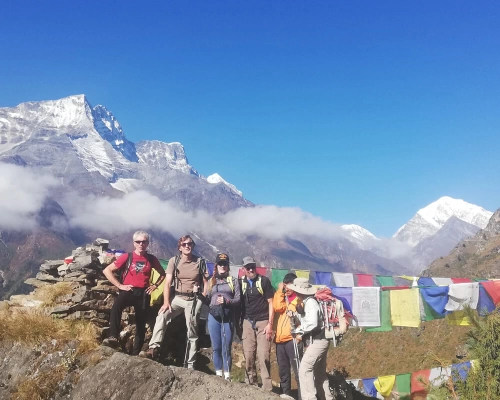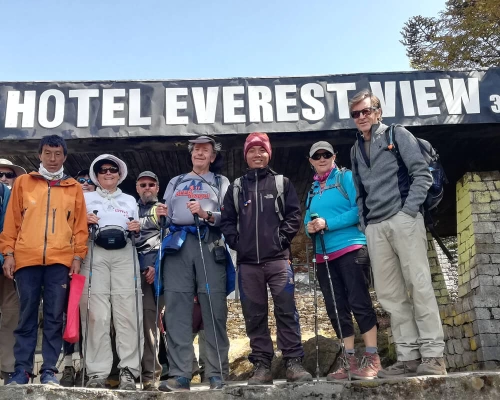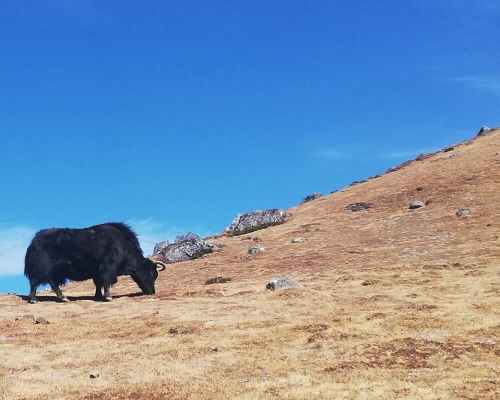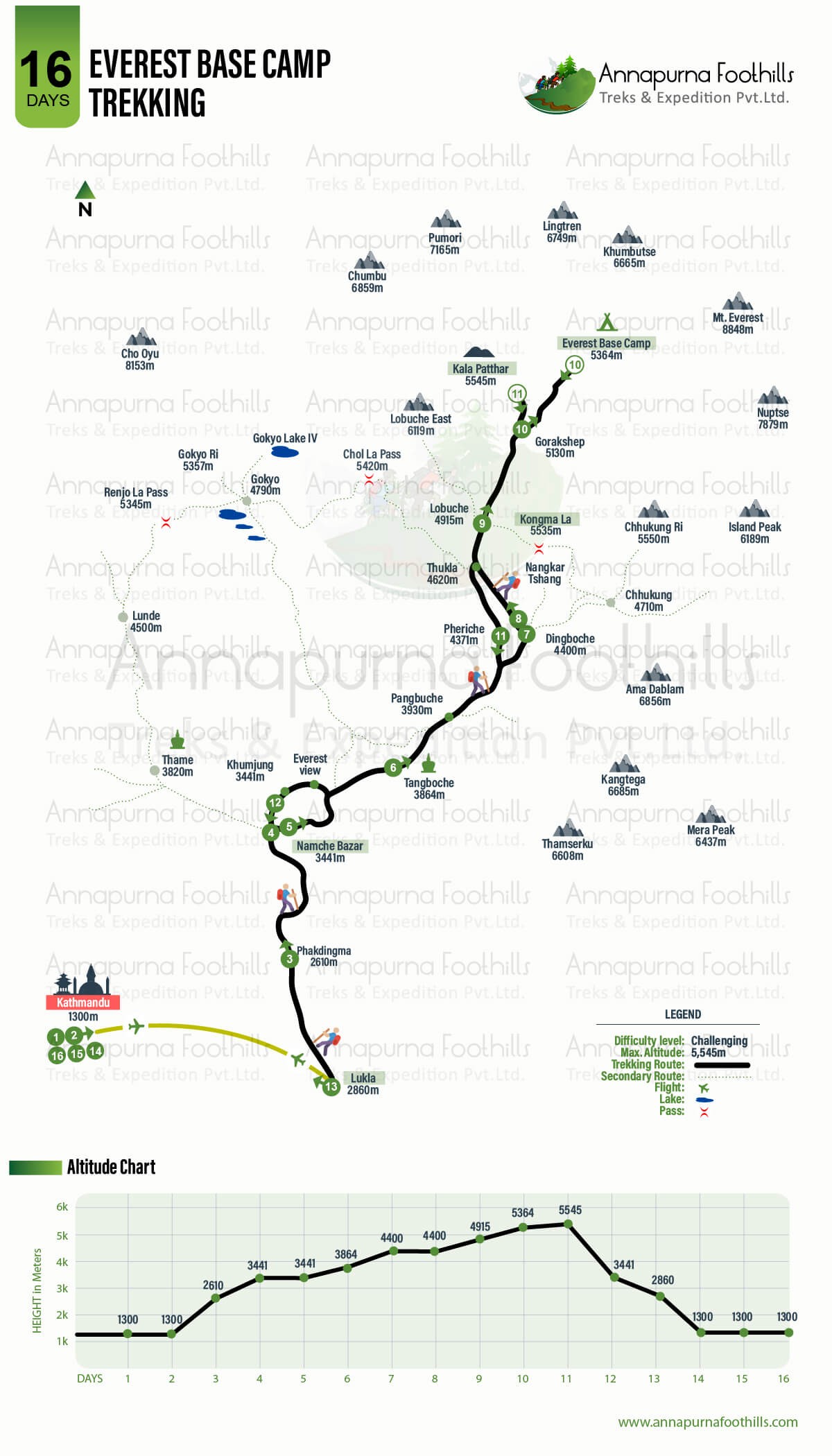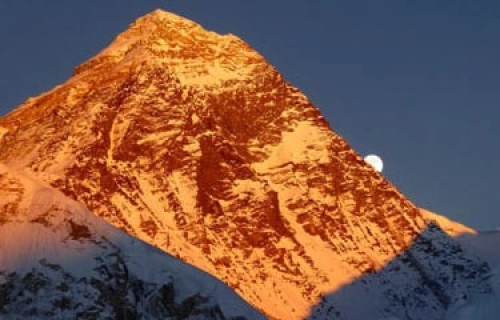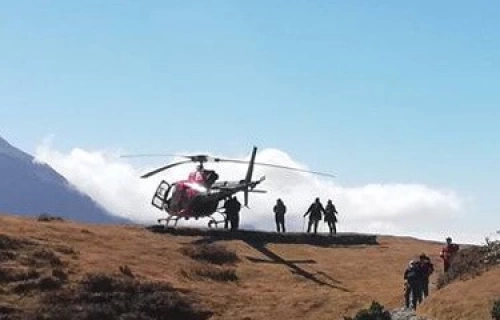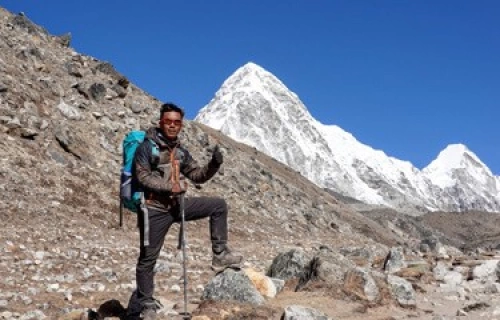Useful Info
Cultural Perspective of Everest Base Camp Trekking
Everest Base Camp Trekking holds symbolic cultural perspectives due to its location, which the Sherpa people primarily inhabit. The Sherpas have a rich cultural heritage deeply rooted in Tibetan Buddhism and mountaineering traditions:
Sherpa Culture: The Sherpa people are celebrated for their mountaineering skills and have been contributing to supporting numerous climbing expeditions in the Himalayas. Their culture highlights a harmonious relationship with nature and a deep respect for the mountains, which they consider sacred. Trekking to Everest Base Camp provides an opportunity to interact and relate with Sherpa guides, porters, and local communities, allowing climbers to gain perceptions of their unique way of life, traditions, and spiritual practices.
Religious Significance: Everest Base Camp trekking often involves passing through villages with monasteries and chortens (Buddhist shrines). Many trekkers, climbers and Sherpas participate in rituals and offer prayers for safe passage and good fortune before embarking on their treks & climbs. The spiritual aspect of the journey adds an insightful cultural element to the experience.
Sherpa Hospitality: Sherpas are known for their warm hospitality and welcoming nature. During Everest Base Camp Trekking, trekkers can stay in tea houses and lodges operated by Sherpa families. This allows for cultural exchange, as climbers can participate in conversations, share meals, and experience the Sherpa way of life.
Traditional Attire and Cuisine: During Everest Base Camp trekking, travelers may notice Sherpas dressed in their traditional attire, including distinctive clothing, jewelry, and headwear. Traditional Sherpa cuisine, such as Thukpa (noodle soup), momo (dumplings), etc., is often served in tea houses and lodges along the trekking route. Exploring these culinary traditions provides a cultural engagement experience.
Permits required for Everest Base Camp Trekking
Permits required for Everest Base Camp trekking are listed below:
Sagarmatha National Park Entry Permit
Khumbu Pasang Lhamu Rural Municipality Entrance Permit
These two permits are mandatory for you to do the Everest Base Camp Trekking in the Khumbu region. Everest Region has established a new permission system as a result of decentralization. Accordingly, TIMS (Trekker's Information Management System) Card will no longer be required. The purpose of charging an entrance fee for travelers is to maintain and sustain the innate nature surrounding Khumbu Himalaya and preserve the future of this region.
A Typical Day on Everest Base Camp Trek
Along the popular trekking trails in the Everest region, we spend our nights in Tea Houses / Lodges. Most of the teahouses in Everest region are run by Sherpa families with a pleasant smile at all times, making you feel at home away from home. They will provide modest rooms for staying overnight at their Tea Houses. Food will be delicious with a wide variety of items in lower elevations. And as you trek higher, the choices on the menu will be limited, but the food will be fresh, warm and eye appealing. During trekking, you will have dinner and breakfast at the lodge, where you will stay overnight, and lunch will be on the way with simpler menus.
We'll follow the same daily routine on a typical Everest Base Camp trekking day. (Apart from exceptions like acclimatisation days). First, we have breakfast at the same teahouse where we stayed overnight and packed our stuff, and we're all set to go. Keep your backpack as light as possible and carry the things you'll need for a day. Usually, we walk around 6-7 hours a day and stop at the destination, which means we will reach the Tea houses where we will be staying in the afternoon (mostly). We'll have our lunch at Tea Houses along the trail. We cover almost 75% of walking for the day before lunch to make the hike after lunch more effortless and more convenient.
Is Everest Base Camp Trekking the right pick for you?
Everest Base Camp, at an elevation of 5364 meters, is absolutely achievable with proper acclimatization and a positive mindset. That said, we've designed the itinerary accordingly, allowing your body to acclimate and cope with the Himalayan surrounding. We begin our hike to EBC from Lukla (2860m). We'll have eight days to reach the EBC gaining 2504 meters in total, which is very much doable. If you are in good shape and have a multi-day hiking experience, Everest Base Camp trekking is your ultimate pick in Nepal Himalayas.
Everest Base Camp Trekking Difficulty Level
Everest Base Camp Trekking is very doable for every enthusiast trekker who dreams of eye witnessing the world's tallest mountains, including Mount Everest (8848.86m) itself, even if it's their first time in the Himalayas of Nepal. Make sure to do adequate homework (physical fitness & training programs) before ticking off the Everest Base Camp Trekking from your Bucket list. The trip grade is moderately challenging, but one with enough hiking/walking experience can do this trek as the trail is 100% safe, and there are no technical elements to the journey; just one foot in front of the other.
Preparing yourself for Everest Base Camp Trekking
Physical Preparation
Strategic preparation for your Everest Base Camp Trekking is a must. If you've previous experience trekking in high altitudes, you'll have an idea (more or less) of how to prepare yourself for Everest Base Camp Trekking. And if you're a novice trekker willing to do the Everest Base Camp, you can prepare by staying in good shape. To be in good condition for your EBC trek, we highly suggest you do some training (cardiovascular workouts, improving physical endurance, weight training, and multi-day hiking) at least four months before your Everest Base Camp Trekking in Nepal. For further information, you can study the weather, temperature and watch videos of people who've done the Everest Base Camp trekking before.
Mental Preparation
Preparing yourself mentally plays a vital role in achieving the goal (reaching Everest Base Camp) you've set. You must be mentally prepared to hike for more than a few days in the Himalayas of Nepal.
Why Everest Base Camp Trekking with Annapurna Foothills?
"Leave Nothing but Footprints, Take Nothing but Timeless memories."
Not just because we are a Nepal-based local operator, but our Sherpa Trekking Guides are highly experienced, competent, and professional, and all of them have led groups in various parts of the Himalayas of Nepal. As much as we want you to eyewitness the magical Mountains surrounding you from all sides, we also want to confirm that its wonderful magnificence is well preserved and protected for travelers travelling to Nepal in the near future. We take great pride in being an eco-friendly trekking company. We focus on safety, quality and value for money by providing good equipment and logistics required for your trip, things that many lower-cost programs need to facilitate.
Travel Insurance is a Must !!
We, the Annapurna Foothills, strongly recommend our valuable guests doing treks at high altitudes, Peak climbing, etc., have sufficient insurance coverage. Make sure you have precise travel insurance before you leave home. Travel insurance that covers emergency evacuation, injury, lost baggage, liability, and medical treatment is recommended. Helicopter evacuation is our final emergency option, and we do recommend you have one in your insurance, as it is the only means of transport in the Nepal Himalayas.
The insurance must cover all the activities you will undertake during your stay in Nepal. There is a specific procedure to follow whilst calling for emergency evacuation. First, we will contact the insurance company hotline and get approval with your insurance, and only then helicopters are sent to the concerned call location. We can organize the appropriate medical response based on your policy.
Last Minute Booking with Annapurna Foothills
We understand there is always time to plan for a holiday which is why we accept last-minute bookings. It is best to reserve your spot for Nepal Trip ahead of time. Still, at Annapurna Foothills, we provide a precise service for last-minute bookings. Make sure you land in Kathmandu at least one day before our Classic Everest Base Camp Trekking starts. Feel free to contact us anytime and let us know your thoughts, queries or suggestions about your Nepal trip, and we'll customize your trip based on your preference and requirements.
Tipping Culture in Nepal
Tipping is a common practice in the trekking and climbing industry to show appreciation for the services provided by Guides and porters. It is essential to acknowledge their hard work, dedication, and assistance throughout your Everest Base Camp Trekking. The amount you tip is totally up to you, and it may be more or less based on your impression of service quality, the length of your trip, your budget, and your appreciation for their efforts. However, we recommend tipping at least 10% of your Total Trip Cost. Also, on a Tea house or Lodge trek, it is common to see a box for tips. It is a nice gesture to leave a tip to show appreciation for their service.
Things to Pack- Get the Right Gear for Everest Base Camp Trekking
A strategic way of packing will be keeping in mind that your stuff will be packed in two bags. One will be the daypack that you carry every day on your trek. Pack your daypack as lightly as possible by carrying only the essentials to relish your moments in the wilderness freely. Pack anything you may need each day during your hike in your daypack. Another bag will be your duffle bag carried by your Porter from the beginning of your trek till the end.
Here is the complete packing checklist for Everest Base Camp Trekking or any other similar teahouse trekking in the captivating Himalayas of Nepal.
Upper Body:
- Warm beanie hat
- Tubular Headwear (buff)
- Sun Hat or Cap (cap and buff all fit under your hood)
- Polarized Sunglasses with UV protection
- Headlamp (Black Diamond / Petzl) with spare batteries
- Sunscreen with a factor of 50+
- Upper Body (Core body):
- 3 Light and trekking weight thermal tops
- 3 T-shirts or cool-max trekking shirts
- 1 Fleece Jacket
- 1 Waterproof shell jacket with hood (lightweight, breathable)
- 1 Down Jacket
Lower Body:
- 2 Thermal base layers (merino or Polartec power dry)
- 2 Pairs of trekking pants, preferably that zip on/off at the knees so they double as shorts.
- 1 Heavyweight hiking trousers (windproof soft shell for warmth at higher altitude)
- 1 Waterproof/ Rain pants
- 1 Fleece Pants
- 4 Underwear (merino)
Hands:
1 Lightweight gloves or liner gloves
1 Pair of shell gloves (Gore-Tex)
Feet:
- 3 Warm Trekking socks (smart wool)
- 3 Pairs of liner socks
- 2 Pairs of thick/ warm socks
- 2 Thick wool socks to wear at night in lodges
- Trekking Boots (waterproof, ankle support with rigid sole)
- Lightweight Rubber Shoes / Trainers / Trail Runner to wear at the Tea Houses
Accessories:
- 1 Daypack (approximately 2500 to 3000 cubic inches) 40 - 50 Liters
- 2 Water bottles or camel bags, 1 litre (one with an insulated cover is recommended)
- Large duffle bag (and a lock as the porters will carry this)
- A pair of adjustable Trekking Pole
- Camera with extra battery
- Sleeping bag (- 15 C depending upon trips)
- Sleeping Bag liner
- Ear Plugs
- Portable Solar Charger
- Smart Trekking Watch
Personal First Aid Kit:
Please do note that our trekking guides, too, will be carrying the first aid kit with them, especially for the guests and the entire team as a whole. Still, we suggest the following items to be carried with you while trekking in the Himalaya of Nepal.
- Personal Medication
- Diarrhea Stopper (e.g. Imodium)
- Paracetamol Tablets
- Small Swiss Army knife (which has a knife, scissors and tweezers)
- Diamox for altitude (consult your doctor about this)
- Water Purification tablets or drops
- Blister kit / Zinc Tape
- Hand Sanitizer
- Dressing Gauze
- Antibiotic Cream
